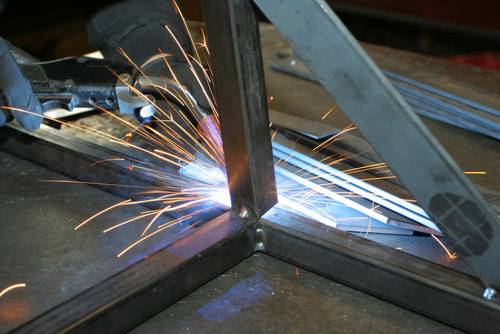
Custom metal fabrication in Toronto is in high demand. Used by aerospace, automotive, medical, and other industries, fabricators develop a slew of parts and components. If you are in the market for a fabricated metal product, it is imperative that you research reputable metal suppliers in Toronto to ensure that you get a high-quality finished product that meets your specifications.
The term “metal fabrication” covers numerous processes, such as cutting, forming, joining etc. For standard parts and components, you can work directly with sheet metal suppliers in Toronto, as most have stock in inventory. However, when it comes to customization, metal suppliers in Toronto collaborate with the best fabricators to ensure that you get what you need.
The process of customized metal fabrication starts with a design. While some fabricators require customers to provide the design, others have engineering and design teams that assist with creating rough drawings that are then finalized and approved. As part of the design process, exact calculations determine things like the level of force applied to the workpiece.
* Cutting – Typically, fabricators use rolls of sheet metal. The flat and rectangular workpiece is cut using a machine that applies strong force. To accomplish this, the experts use different processes, such as shearing. They use laser machines when cutting precious metals, alloys, and hard materials. In addition, they use plasma cutting for electrically conductive sheets of metal and waterjet cutting, which produces no heat. While fabricators use shearing to cut larger pieces, they often rely on blanking for cutting the perimeter of parts and punching to create holes. * Bending/Forming – Next, different tools bend and form. The fabricator chooses the appropriate tool to create U-bends, V-bends, and various other custom forms. The most common methods for this step include machining, stamping, and folding. For new shapes when working with finished or delicate sheet metal, fabricators often use rotary or elastomer bending. * Joining – To form parts and components from more than one workpiece, a process known as joining fuses them together via riveting, welding, brazing, and even adhesives. * Finishing – With the previous steps completed, fabricators finish the surface of the part or component using silk screening, paint or powder coatings, and other custom treatments.For more than 40 years, people have relied on Weldflow Metal Products. Our team of experts has the experience and expertise required to produce state-of-the-art finished products. Please visit our website or call us to learn more.
 1-866-848-3641
1-866-848-3641 sales@weldflowmetal.com
sales@weldflowmetal.com

